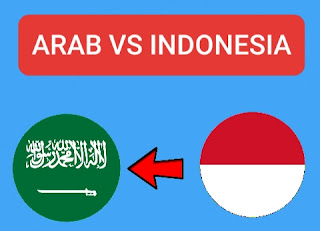Part
1
Kosa
kata dasar bahasa Italia
Asalamualaykum
warahmatullahi wabarokatuh…
Di dalam tulisan
ini, saya menuliskan mengenai kosa kata dasar bahasa Italia, yaitu:
kosa kata kata kerja:
accettare= menerima
appigionare= menyewa
ballare= menari
bagnare= memandikan
bagnar (si)= mandi (sendiri)
cantare= menyanyi
cenare= makan malam
comprare= membeli
contestare= menjawab
espettare= menunggu
studiare= belajar
guadagnare= memenangkan, menghasilkan
interessare= tertarik
lavare= mencuci
chiamare= memanggil
comandar= mengirim
maneggiare= menyetir
pettinare= menyisirkan
prestare= meminjamkan
rendere= menyewakan
cavare= mengeluarkan
sollecitare= memerlukan
trattare= mencoba
terminare= menyelesaikan
usare= menggunakan
visitare= mengunjungi
apprendere= belajar, mengerti
credere= percaya, berpikir
leggere= membaca
vendere= menjual
aprire= membuka
compiere= menepati, memenuhi
scrivere= menulis
partire= membagi
proibire= melarang
ricevere= menerima
vivere= tinggal, hidup
avvertire= memberitahukan
serrare= menutup
comporre= membentuk, merias
concludere= menyelesaikan
conseguire= mendapatkan
constituire= mendirikan, menyusun
costruire= membangun
contare= menghitung
contribuire= menyokong, membantu
convertire= merubah, mengganti,
perubahan
dare= memberikan
dire= mengatakan
dedurre= menyimpulkan dari
destare= membangunkan
distruggere= menghancurkan
detenere= menangkap, menahan
distribuire= membagikan,
mendistribusikan
dormire= tidur
iniziare= memulai
Demikian pemaparan dari blog saya, semoga bisa membantu para pembaca.
Mohon maaf jika ada kekurangan, saya (penulis) tentunya sangat menerima saran
dan kritik yang membangun sehingga tulisan-tulisan saya bisa lebih diperbaiki
dan diperbaharui dengan baik. Terima kasih…
Ditulis
oleh: Fauji Imamul Arifin
Wassalamualaykum
warohmatullahi wabarokatuh…






